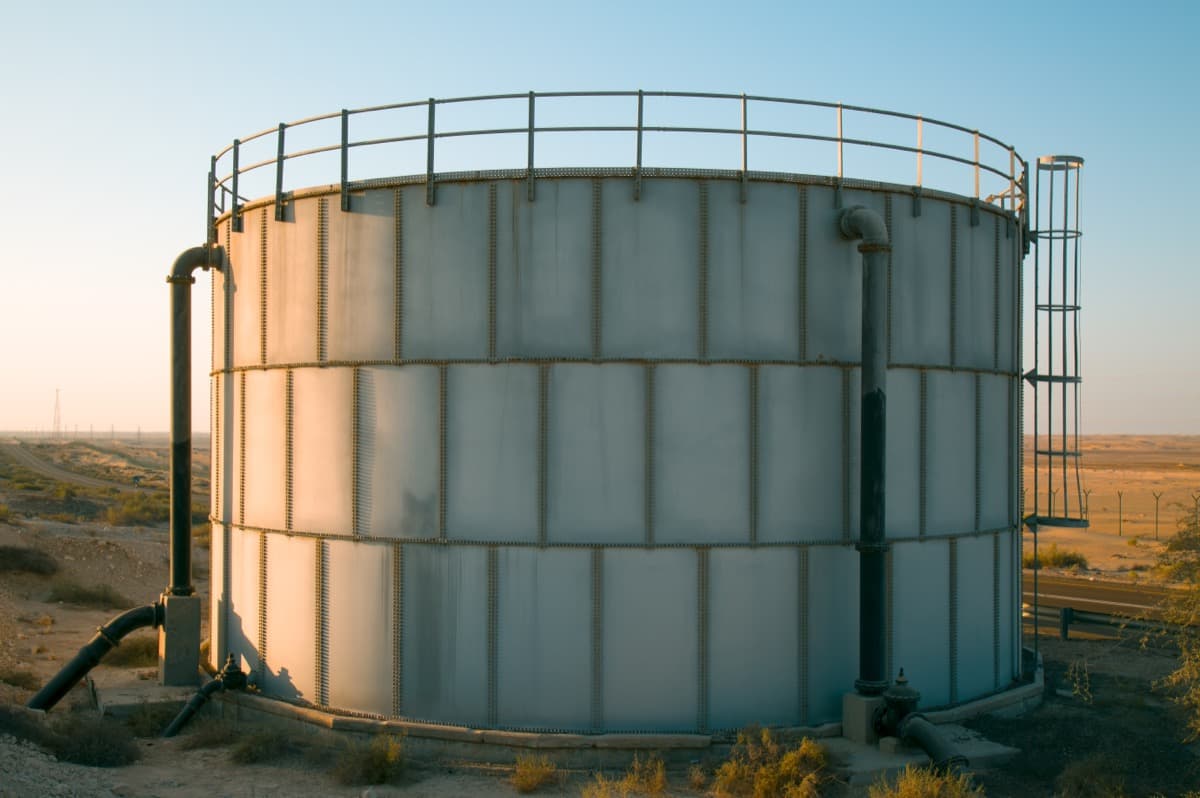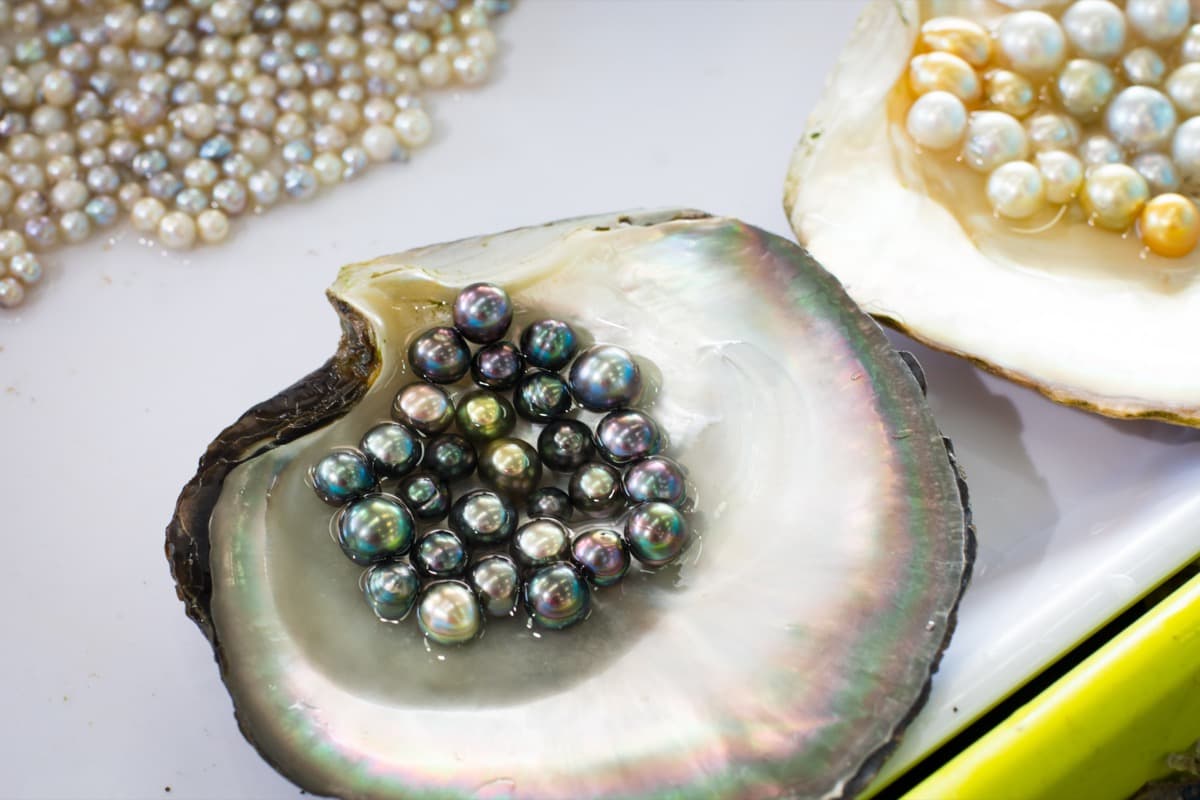Pearls are beautiful, lustrous gems that have been treasured for centuries. Pearl farming, or the cultivation of pearls, has become a popular way to produce pearls for jewelry and other decorative items. This guide will show you how to cultivate pearls at home, even if you’re a beginner. Below we learn how to start your pearl farm and a step-by-step guide to cultivating pearls at home for beginners.

Cultivating Pearls at Home
Choose the Right Oyster Species
Many oysters produce pearls, but not all are suitable for pearl farming. The most common species used for pearl farming are the Akoya, Tahitian, and South Sea oysters. These oysters are known for producing high-quality pearls used in jewelry and other decorative items.
Buy Oysters and a Pearl Grafting Kit
Once you’ve chosen the oyster species you want to farm, you’ll need to purchase oysters and a pearl grafting kit. Everything you need to implant a nucleus—or irritant—into an oyster and start the pearling process is included in the package. You can purchase oysters and pearl grafting kits online or from a local pearl farming supplier.
Prepare Your Work Area
Pearl grafting is a delicate and precise process, so having a clean and organized work area is important. You’ll need a clean, well-lit workspace, a steady hand, and patience.
Sterilize Your Tools and Materials
Before you begin the grafting process, you’ll need to sterilize your tools and materials to prevent infection and ensure a successful graft. You can sterilize your tools and materials by boiling them in water or using a sterilization solution.
Insert the Nucleus
To begin the grafting process, you’ll need to insert the nucleus into the oyster. The nucleus is a small bead or piece of shell that serves as the irritant to stimulate pearl production. To insert the nucleus, you’ll need to open the oyster and place the nucleus inside carefully. Then, you’ll need to close the oyster and secure it with a pearl clamp.
Monitor the Oysters
After you’ve inserted the nucleus, you’ll need to monitor the oysters closely. The oysters must be kept in a controlled environment with a specific temperature and water quality to ensure successful pearl production. You’ll also need to check the oysters regularly for any signs of infection or disease.
In case you missed it: Types of Farm Machinery: Benefits, Importance in Agriculture, and List with their Functions

Harvest the Pearls
After several months, the pearls will be ready to harvest. To harvest the pearls, you’ll need to open the oyster and remove the pearl carefully. You’ll need to clean and polish the pearl to bring out its natural luster.
Sell or Use Your Pearls
Once you’ve harvested and cleaned them, you can sell them to jewelry makers or use them to create your jewelry and decorative items.
Frequently Asked Questions about Pearl Farming (FAQ)
Can we Start Pearl Farming in Buckets?
Pearl farming is usually done in oceans, lakes, or rivers, but it is possible to cultivate pearls in buckets. This method is known as bucket farming and is popular among small-scale pearl farmers. The process involves using freshwater mussels or oysters and placing them in large buckets filled with clean water.
The farmers then insert a small bead or piece of shell as an irritant to stimulate the formation of pearls. Although the process is similar to ocean pearl farming, bucket farming requires much more attention and care to ensure the proper growth and development of the pearls. If you’re just starting with pearl farming or have limited room or money, this can be a terrific method to learn the ropes.
Is Pearl Farming Profitable?
Pearl farming can be profitable, but it requires a significant investment of time and resources. The cost of oysters, equipment, and materials for pearl grafting can be high, and it can take several years to produce high-quality pearls that can be sold for a significant profit. Additionally, the market for pearls can be unpredictable, with fluctuations in demand and prices.
In case you missed it: How to Start a Shrimp Farming Business: The Ultimate Guide

However, the rewards can be significant for those willing to make the initial investment and commit to the process of pearl farming. High-quality pearls can fetch a high price in the jewelry and decorative markets, and the ability to produce unique and high-quality pearls can set a pearl farm apart from its competitors.
What is the Disadvantage of Pearl Farming?
One of the main disadvantages of pearl farming is that it can have negative environmental impacts. Pearl farming requires a controlled environment with specific water quality and temperature, which can be challenging to maintain without disturbing the surrounding ecosystem.
Additionally, pearl farming can lead to the overuse of natural resources, such as using large amounts of water and energy to maintain the farm. Pearl farming can also lead to the introduction of non-native species, which can harm the local ecosystem. Finally, there is a risk of disease outbreaks among the oysters, which can lead to significant losses for the farmer.
How Many Years Does it Take to Grow a Pearl?
When it comes to pearls, the time it takes to grow one depends on the size and quality of the pearl and the kind of oyster or mussel used. Generally, it takes between 1 to 3 years for pearls to form, but it can take up to 6 years or more for some species. The pearl farming process requires a lot of patience and attention to detail, as the oysters or mussels need to be carefully monitored and maintained to ensure optimal pearl growth. The result is a beautiful and unique gem that can be treasured for generations.
Conclusion
In conclusion, cultivating pearls at home is a fascinating and rewarding process that anyone can do. With the right tools, materials, and patience, you can produce beautiful pearls perfect for jewelry and other decorative items. Whether you’re a beginner or an experienced pearl farmer, these steps will help you achieve success in pearl cultivation.
- Ultimate Guide to Ossabaw Island Hog: Breeding, Raising, Diet, and Care
- Ultimate Guide to Juliana Pig: Raising Facts, Size, Diet, Care, and Lifespan
- Raising Lleyn Sheep: Disadvantages, Price, Uses, Characteristics, and Care
- Ultimate Guide to Meishan Pig: Breed Facts, Breeding, Raising, and Care
- Ultimate Guide to Teacup Pigs: Raising, Diet, Lifespan, Cost, and Care
- Guide to Raising Poll Dorset Sheep: Facts, Profile, Characteristics, Uses, and Care
- Ultimate Guide to Bighorn Sheep: Characteristics, Diet, Lifespan, Breeding, and Lifecycle
- Ultimate Guide to Raising Katahdin Sheep: Farming Facts, Breed Profile, Uses, and Care
- Ultimate Guide to Raising Oreo Cows: Belted Galloways Farming Facts, Profile, Uses, and Care